Love is a Four Legged Word
Dogs do Speak, but Only to Those Who Know How to Listen
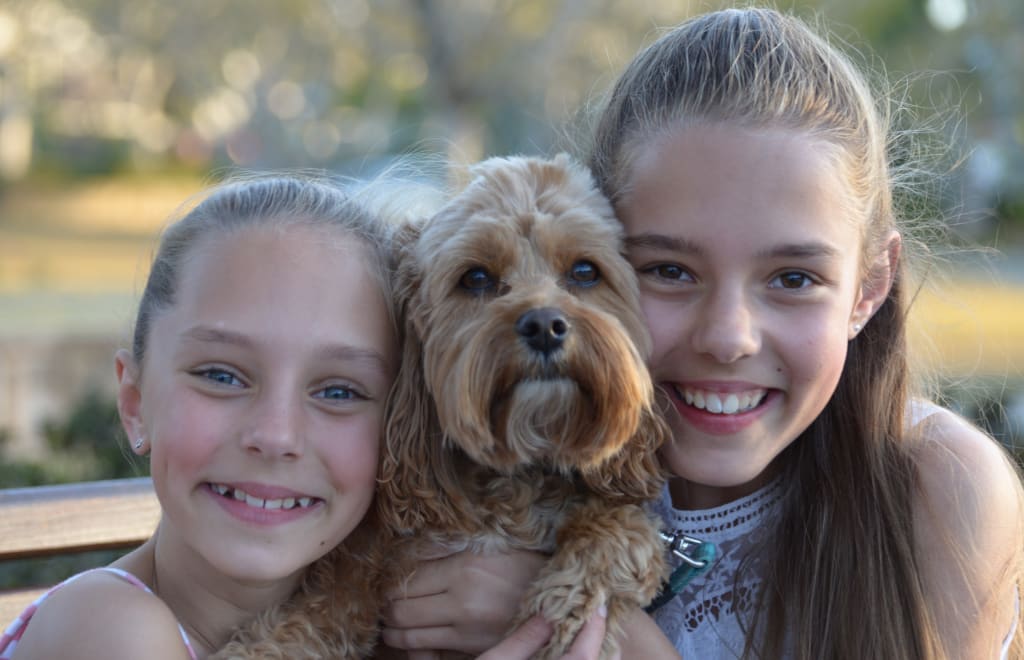
Our pets are our family. As Jury Nel once said, “Everyone is taught that angels have wings – The lucky ones of us find they have four paws”.
It is beyond my comprehension to even consider how unfulfilling life would be being totally devoid of ever having any pets. My family and I have always had pets, and they have always been an integral part of the family. Most have been four legged, and those four legs didn’t always end in paws, some ended in hoofs. And, of course I have had many two legged varieties with the added bonus of having wings. These have included; hens, parrots, pheasants, finches and even ostriches. Lets not forget about those with six legs and wings. In recent years I have become a keeper of Australian native sting-less bees. And, yes! These are pets. It is fascinating to watch these busy little bees flying back and forth to their hives, sometimes with pollen of differing colours stuck onto their little legs.
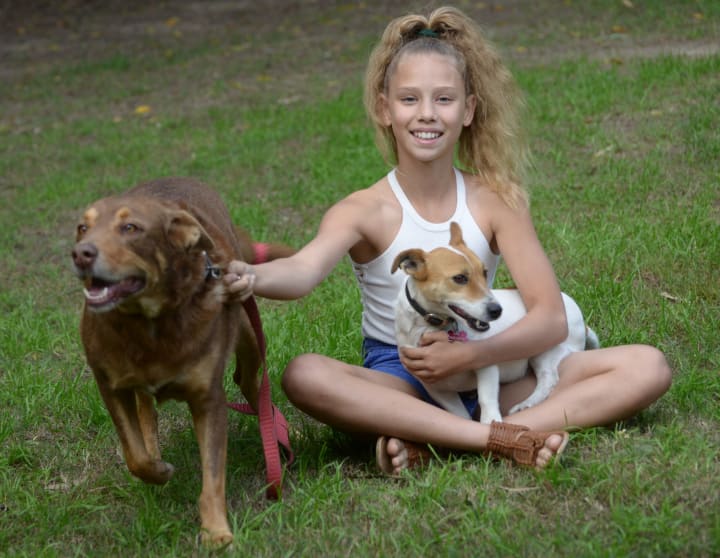
Without exception, all pets I have ever had have been loved, and differentiating on the amount of love shown to each pet is almost akin to differentiating on the amount you love your individual children. But, if there is a hierarchy of love for animals, dogs for me would be way up high in that hierarchy.
Anyone who has had, or still has dogs, will have tales to tell about their many exploits and adventures. I would like to relate just a couple of mine.
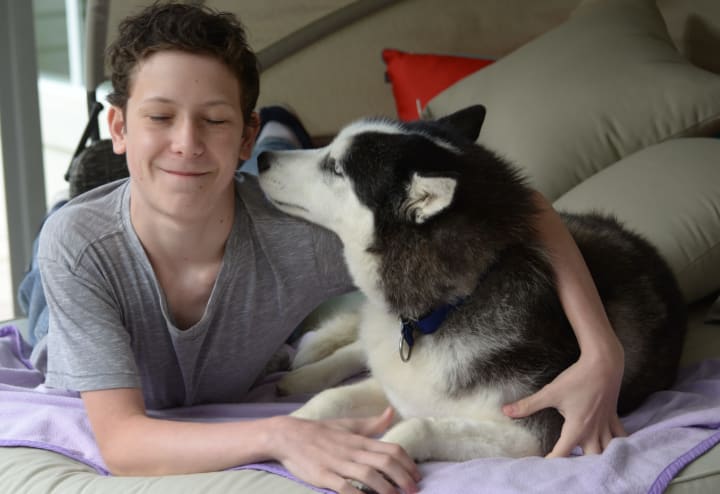
Danté and Italia were two Maremma Italian Sheep Dogs of mine when I lived on acreage. If I had not observed it for myself, I would have never believed the extent of the love, loyalty, bravery, teamwork and intelligence that dogs are capable of.
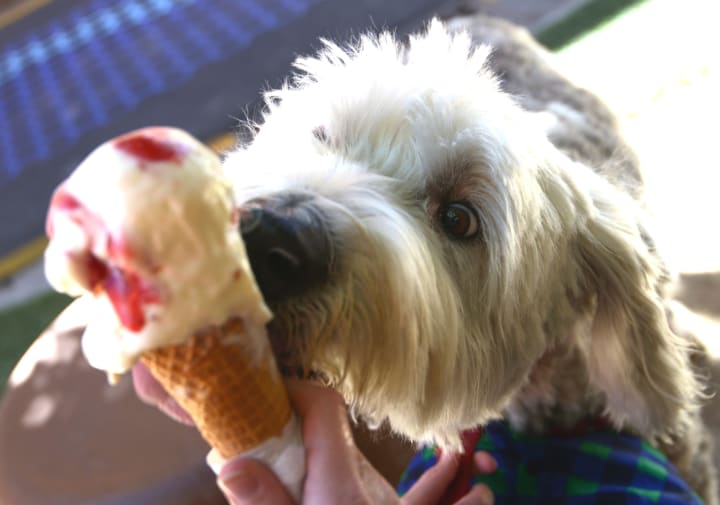
One afternoon Italia was barking, so I walked down the paddock to where she was, to see what was troubling her. One of my ostrich chicks had escaped from her pen and found its way into one of the adult yards. It was during the breeding season and adult male birds become ferocious, dangerous even, during the season. To collect hen eggs, I would carefully enter the ostrich yard with a long handled nail rake to push against the cock bird’s chest to keep him away whilst I picked up the egg. On this occasion I observed Italia standing with her four legs straddling the young chick whilst she was barking at the cock to keep it away. Now Maremmas are a reasonably large breed of dogs, Italia’s weight was around thirty-five kilograms, but compared to this adult male ostrich she was just a midget. Incredible bravery and loyalty Italia displayed, just one strategically aimed strike from this cock bird could have torn her in two. Armed with my nail rake, I carefully picked up the young chick and relieved Italia from her duty. I had wondered what Danté was doing during this crisis, but found him lying down in the chick pen keeping the remainder safe. The teamwork and intelligence shown by this pair of working dogs was amazing.
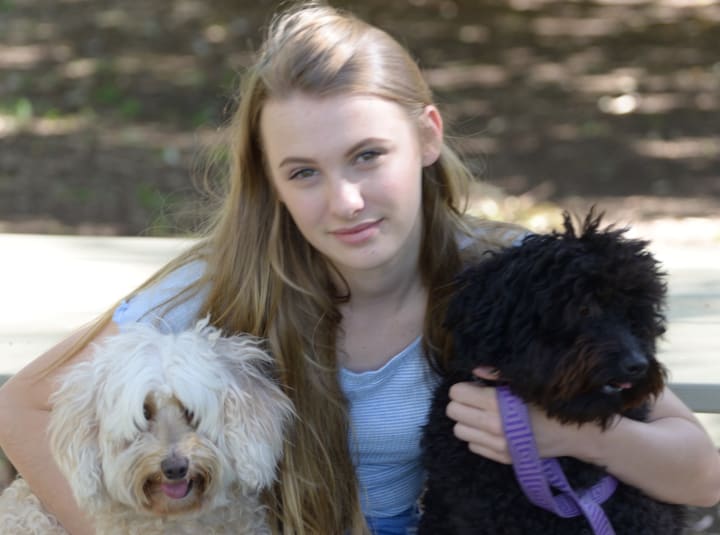
Just two other short stories about this canine couple, and I promise I shall be brief.
When they have livestock to guard, Maremmas tend to be almost nocturnal. It is during the evenings when most attacks on livestock seems to occur. Late one evening, both dogs were barking, so with my portable spotlight I went to see what the commotion was all about. Both dogs were standing their ground between an ostrich yard and a pack of around twelve wild dogs.
As well as being best mates with each other, I considered these two white furry canines as among my best friends. They would recognise the sound of my car as I drove down the road approaching my property and would be waiting for me with tails wagging at my front gate. After the initial greeting and closing the gate, I had a drive of around two hundred metres up to the house. Danté and Italia had the ritual of sprinting up the driveway and would do a complete lap around the shed, to show me they had been guarding everything, and would be waiting for me where they knew I would be pulling up and getting out of the car.
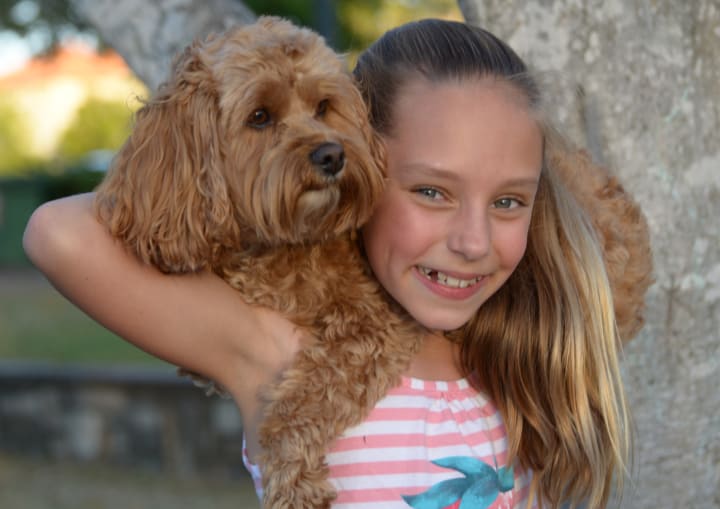
All dogs, in fact all animals, each have their own unique personalities. (Is “personalities” the correct term to use, or should I be saying “dogalities” or “catalities” or whatever?) Here are a few quick notes on some of my other pets.
Bluey was an Australian Blue Heeler Cattle Dog. Bluey loved it when I let him go for a ride on my motor cycle. Miraculously he would always appear as soon as he heard the motor start. If I tapped my thigh he would jump up and sit on the petrol tank between my two thighs. He was always disappointed when he was not allowed to go for a ride.
Amigo was a Saanan goat. He was found as a newly born kid beside the railway line in outback Queensland between Chinchilla and Miles. Obviously he had been born on a train carrying his mother and had fallen between the rails on the carriage. At the time he did not appear to be injured and with bottle fed formula from the local veterinarian he thrived. Whenever I was at home in the yard he was my constant shadow. He loved playing with the dogs, but had a real identity crisis. He thought that I was his mother and was not sure if he was in fact a dog or a person. Amigo never really understood about goats and that they are not allowed in houses.
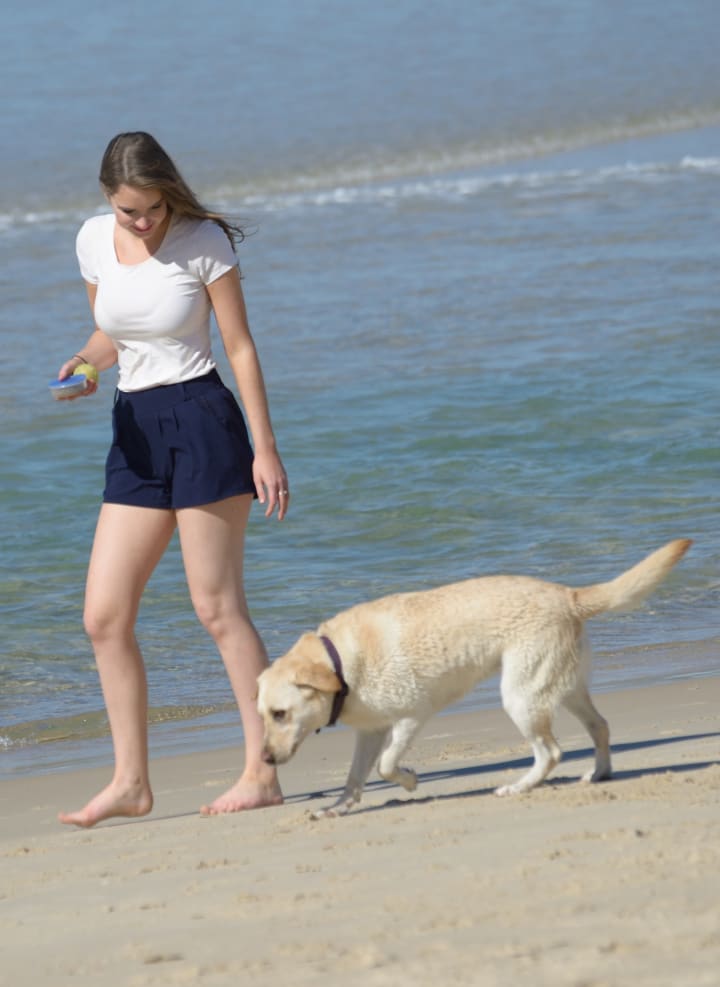
I love animals. I am a registered volunteer with two animal refuges and have assisted in getting many refuge animals into forever loving homes. A dilemma always with me when I was working as a volunteer in animal refuges was that many of the animals I worked with I wanted to take home with me. That was of course impractical. These days I am more concerned with issues of sustainability. Particularly the importance of protecting native animals. One group of animals that do not get significant recognition are our insects. And, the group of insects for which I have developed a passion is our native bees. There are around twenty-five thousand species of bees worldwide and about two thousand of these are native to Australia. Of these, eleven species are social, living in colonies, and are sting-less. They produced the delicious “sugarbag” honey which was prized by the Australian aboriginals. I am a member of The Australian Native Bee Association, and currently have colonies of two different species Tetragonula hockingsii and Tetragonula carbonaria. These cute little bees are black with a greyish head and measure only about three millimetres in length.
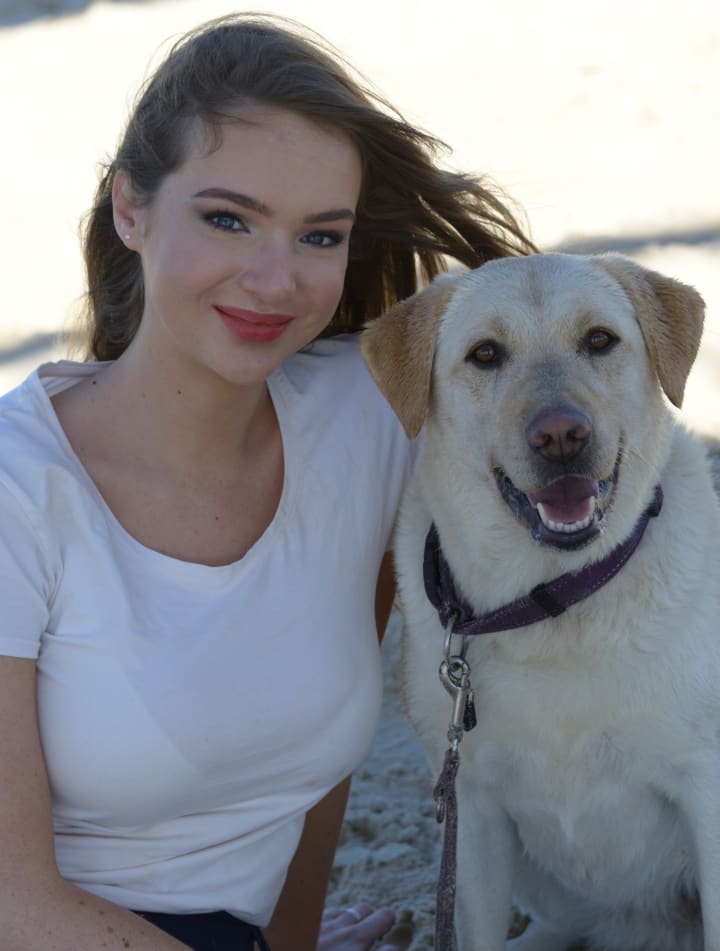
Unfortunately they are often mistaken for pests and killed. Also in my garden I have established bee hotels for the species which live solitary lives.
All photographs in this article were taken by me, and the photos are of my family, friends and others with some of their loving pets. To me, pets are not owned by others. They may be cared for by others, but they are there for all people and even other animals to love and enjoy.
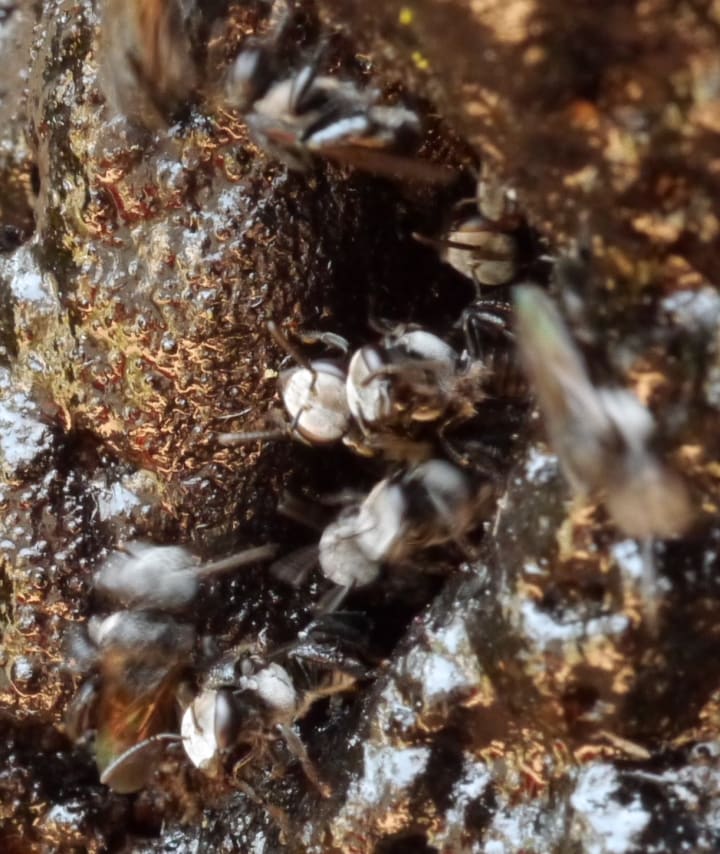
About the Creator
Ian McKenzie
Lover of life and all it has to offer. Retired from full-time employment, but keeping busy with things I am passionate about including: family, friends, photography, writing, sustainability and keeping Australian native stingless bees.






Comments
There are no comments for this story
Be the first to respond and start the conversation.